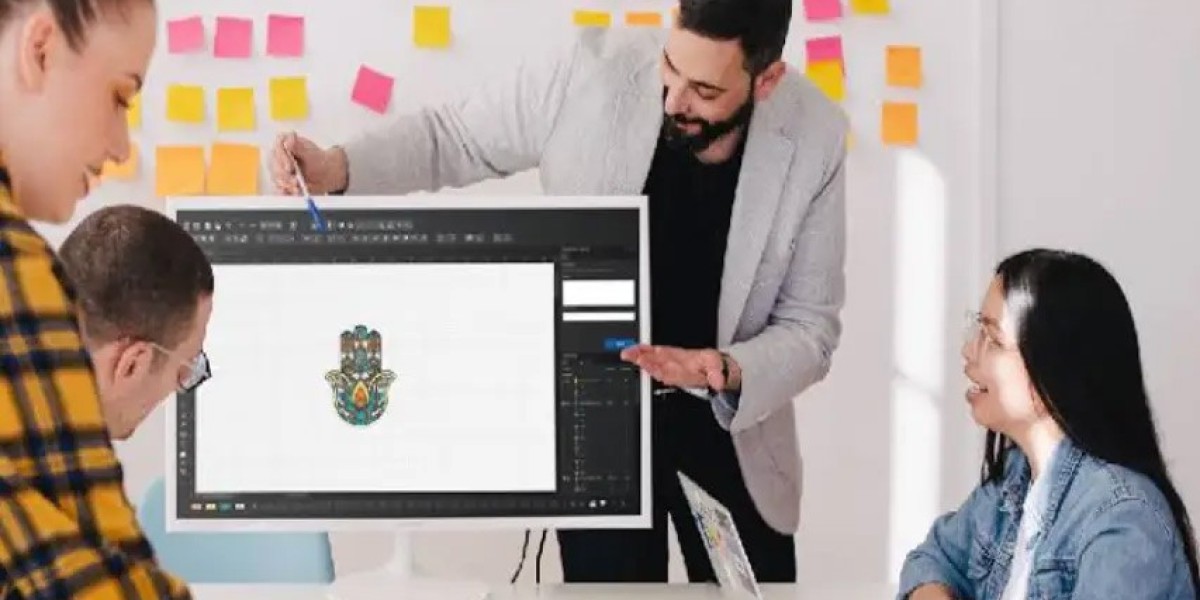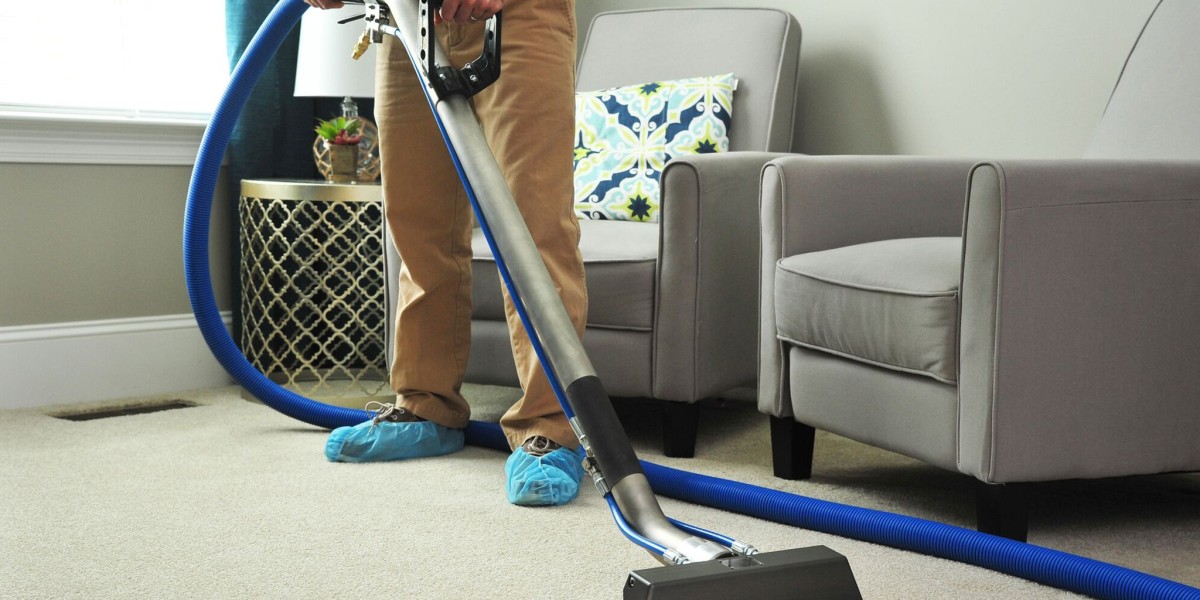Introduction
You’ve just spent hours perfecting a design, and you’re ready to see it come to life on a hat or a jacket. You load the file onto your USB stick, plug it into your Brother embroidery machine, and hold your breath. Then you see it: an frustratingly vague error message or a blank screen. The machine doesn’t recognize your file. Sound familiar? This common headache almost always boils down to one issue: a file format mismatch. Your machine is hungry for a PES file converter, but you’ve likely fed it something it can’t digest. Converting designs into the correct PES format doesn't have to be a guessing game filled with errors. This guide will walk you through how to find the right converter tool for your needs, ensuring your designs stitch out perfectly, not pitifully.
Beyond the Basics: What is a PES File, Anyway?
Before we dive into converters, let's quickly establish what we're dealing with. A PES file is not an image. It’s a specialized set of instructions written in a language that Brother embroidery machines understand. Think of it like a musical score for an orchestra. A JPEG of the sheet music cover isn’t helpful to the musicians; they need the specific notes, rhythms, and dynamics written in standard notation. Similarly, a PES file tells your embroidery machine:
Where to move the needle (the X and Y coordinates).
What type of stitch to make (satin, fill, run).
When to change thread colors.
When to trim and jump between sections.
A true PES file converter’s job is to accurately translate your image into this complex, step-by-step score for your machine to perform.
The Conversion Crossroads: Your Three Main Options
When you need to get your design into the PES format, you have three primary paths. The best choice for you depends on your budget, your commitment to the craft, and how often you need to convert files.
Option 1: Professional Digitizing Services (The "Hire an Expert" Route)
This is the top-tier option for guaranteed quality. You don't technically use software yourself; you send your design to a professional digitizer who uses industrial-grade software to manually convert your image into a flawless PES file.
Best For: Businesses, important projects, complex designs, and anyone who prioritizes perfect results over speed or cost.
Pros:
Highest Quality Output: A human expert adds artistry and technical knowledge, optimizing stitch types, density, and pull compensation.
Zero Learning Curve: You just send your file and receive a perfect PES file back.
Saves You Time: Frees you up to focus on stitching, not software troubleshooting.
Cons:
Cost: You pay per design, which can add up if you have a high volume.
Turnaround Time: You must wait for the designer to complete the work, though many offer rush services.
Option 2: Dedicated Digitizing Software (The "Power User" Package)
This option involves purchasing professional-grade software like Brother's PE-Design, Wilcom EmbroideryStudio, or Hatch Embroidery. These are powerful programs that allow you to manually digitize designs from scratch or auto-digitize images with a high degree of control.
Best For: Serious hobbyists, small businesses, and anyone who wants full creative control and plans to digitize frequently.
Pros:
Total Control: You can tweak every single stitch to your exact specifications.
High-Quality Results: Once you learn the software, you can produce professional-level files.
One-Time Purchase: While expensive upfront, it can be cost-effective over time.
Cons:
Steep Learning Curve: These programs are complex and require significant time to master.
High Initial Cost: Professional software can cost hundreds or even thousands of dollars.
Time-Consuming: Digitizing a single design yourself can take a considerable amount of time.
Option 3: Online & Auto-Digitizing Converters (The "Quick Fix" Tool)
This is the category most people think of when they hear "PES file converter." These are web-based platforms or standalone apps that use algorithms to automatically convert image files like PNG or JPG into PES format in minutes, often for a low fee or even for free.
Best For: Hobbyists with simple designs, one-off projects, or anyone needing a quick and affordable solution.
Pros:
Affordable: Very low cost per conversion, with some free options available.
Fast & Easy: The process is automated and user-friendly, with instant downloads.
No Software to Install: Web-based platforms work on any computer.
Cons:
Inconsistent Quality: Auto-digitizing often produces clunky, inefficient files with poor stitch paths and a lack of optimization.
Limited Control: You cannot fine-tune the details of the design.
Risk of Errors: These are the most likely tools to generate files that cause machine errors or poor stitchouts.
Key Features to Look For in a PES Converter
No matter which route you consider, keep these critical features in mind to avoid those dreaded error messages:
Stitch Control & Editing: Can you adjust the stitch density, length, and type after conversion? This is crucial for fixing auto-digitized flaws.
Format Support: A good converter should handle a wide range of input formats (JPG, PNG, SVG, PDF) and output not just PES, but other formats like DST, EXP, and XXX for different machine brands.
Preview Function: Always choose a tool that lets you see a simulation of the stitchout before you buy, download, or send the file to your machine. This can save you from wasting thread and fabric.
User Reviews & Reputation: Search for reviews and testimonials. What are other embroiderers saying about the reliability of the converted files?
Customer Support: If you run into trouble, is there a helpful support team or knowledge base to assist you?
Your Action Plan for Error-Free Converting
Assess Your Needs: Are you stitching a one-time gift or producing merchandise for a business? Your answer will guide you to the right option.
Start with a Test: Whatever service or software you choose, always run a test conversion on a simple design. Stitch it out on scrap fabric to check for quality and errors before committing to your final project.
Embrace the Learning Curve: If you choose software, be patient. Watch tutorial videos and practice on simple shapes. The skill is worth the investment.
Build a Relationship: If you find a reliable digitizing service, stick with them. A digitizer who understands your preferences will become an invaluable partner.
Conclusion: Convert with Confidence
The journey from a digital image to a beautifully stitched design should be exciting, not exasperating. Error messages are simply your machine’s way of saying it needs a clearer set of instructions. By understanding the different types of PES file converter tools available—from professional services to powerful software and online auto-converters—you can make an informed decision that aligns with your goals and budget.
Stop fighting with your machine and start creating with confidence. Invest in the right conversion method for you, and you’ll spend less time troubleshooting and more time watching your flawless designs come to life, one perfect stitch at a time.








